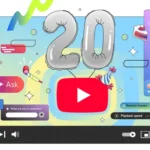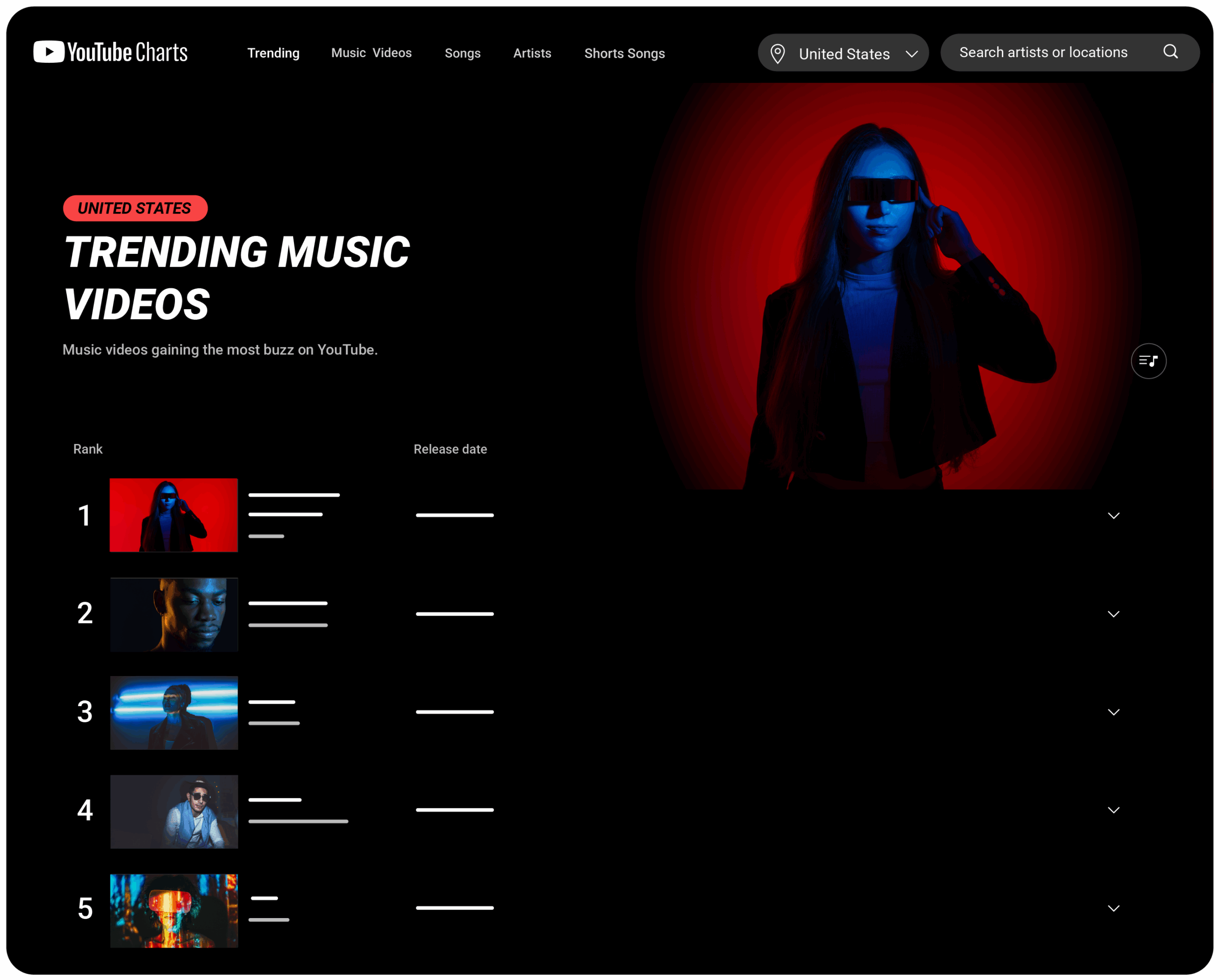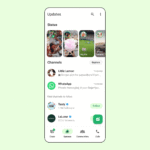After dealing with demonetisation problems for close to two years. YouTube creators will finally get paid for their content. At its annual VidCon gathering in Anaheim, California, the site announced an alternative payment method for channel memberships and a merchandising feature.
Channel Memberships is a rebrand of Subscriptions, a feature that had been tested by select creators for a while. Channels with over 100,000 subscribers will get access to Memberships for $4.99 per month. Creators will have a unique badges for their profiles, custom emoji, members-only posts, exclusive livestreams and videos, and other perks. While channels with fewer than 100,000 subscribers will be disappointed to miss this opportunity, YouTube says it hopes to make more Memberships available to more people in the coming months.
Merchandise is exactly what it sounds like—merchandise that creators can customise and feature on a digital “shelf” on their YouTube channel. The company partnered with Teespring to bring over 20 pieces of merchandise that US-based creators can make their own and sell to their viewers. The threshold for Merchandise is lower than that of Channel Memberships, as those with over 10,000 subscribers can design and sell their own shirts and other items.

YouTube knows that many creators haven’t been happy with the company’s recent content policies changes (as well as the ever-confusing nature of YouTube’s algorithms) because it has made it harder for creators large and small to make money from advertisements. Channel Memberships and Merchandise are YouTube’s ways of providing creators new options to bring in money and support their creative endeavours.
While YouTube is playing catch-up, creators have already embraced other ways to make money. Many have turned to Patreon and Twitch, both of which allow viewers to pay creators for their content. Patreon model is a more flexible version of Channel Memberships, allowing patrons to contribute what they can afford on a monthly basis in return for special digital and physical perks that the creator can customise completely. On the merchandise side, companies like Fanjoy already have rolodexes of influencers they work with to make and sell customised sweaters, shirts, hats, phone cases, and more.
YouTube’s announcements come on the heels of Instagram announcing its long-form video platform, IGTV. The Facebook-owned, photo- and video-sharing app is now letting users record and upload videos that are up to an hour long, putting it squarely in competition with YouTube.
However, Google’s online video platform remains king, it has suffered a lot over the past couple of years thanks to the advert apocalypse and the bevy of new rules and restrictions it has passed that. While Instagram wants to entice creators away from YouTube with its own long-form video platform, YouTube is focusing on retention—and one of the best ways to do that is to support creators with new money-making features.
Discover more from TechBooky
Subscribe to get the latest posts sent to your email.







